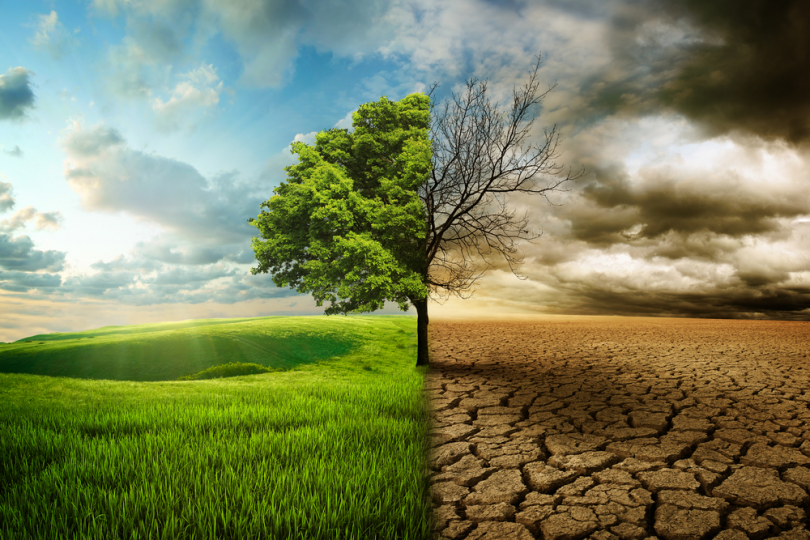The Following Are Some Of The Most Important Factors That Contribute To Global Warming:
Global Warming’s Man-Made Causes: Deforestation
Oxygen is primarily produced by plants. They help to keep the environment in balance by absorbing carbon dioxide and exhaling oxygen. Many commercial and domestic uses deplete forests. This has caused an imbalance in the environment, which has resulted in global warming.
Use Of Motor Vehicles
Even a short distance driven by a vehicle produces a variety of gaseous emissions. Carbon dioxide or other toxins are released into the atmosphere when vehicles burn fossil fuels, resulting in an increase in temperature. See Here to The Reuse And Recycling Of Waste Products.
Chlorofluorocarbon
Humans have contributed to the depletion of the earth’s ozone layer by using air conditioners & refrigerators to excess. The sun’s harmful ultraviolet rays are shielded from the Earth’s surface by the ozone layer. The ozone layer has been depleted by the use of CFCs, which has allowed ultraviolet rays to penetrate the atmosphere, resulting in an increase in global temperature.
The Advancement Of Manufacturing
The Earth’s temperature has risen dramatically since the dawn of industrialization. The harmful emissions from factories contribute to the rising global temperature.
Since 1880 to 2012, global temperatures have risen by 0.9 degrees Celsius, according to the Intergovernmental Panel on Climate Change (IPCC). When compared to a pre-industrial mean temperature, there has been an increase of 1.1 degrees Celsius.

Agriculture
Differing types of agricultural practises emit methane and carbon dioxide into the atmosphere. As a result, the Earth’s temperature rises due to an increase in greenhouse gas emissions.
Overpopulation
The more people there are, the more oxygen they are exhaling. As a result, atmospheric concentrations of carbon dioxide, this same primary greenhouse gas, rise.
Global Warming’s Natural Origins
Volcanoes
Natural causes of global warming include volcanoes. Volcanic eruptions release ash and smoke into the atmosphere, which alters the climate.
Water Vapour
Water vapour is really a type of greenhouse gas that contributes to global warming. As the temperature rises, more water evaporates from the oceans and floats up into the atmosphere, contributing to global warming.
Melting Permafrost
Where glaciers are present, permafrost can be found. It’s a frozen soil that’s been holding on to gases from the atmosphere for a long time. Increases in temperature are caused by gases being released from thawing permafrost.
Forest Blazes
Smoke from forest fires and blazes contains a significant amount of carbon. Global warming is a result of the release of these gases into the atmosphere.





